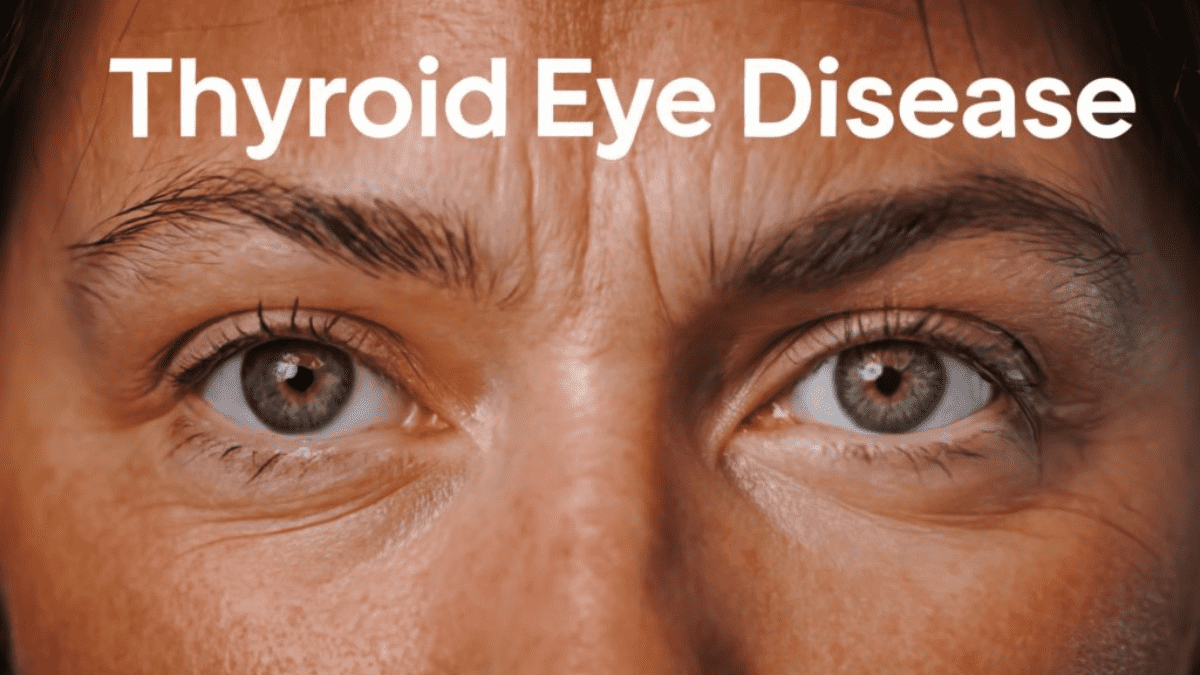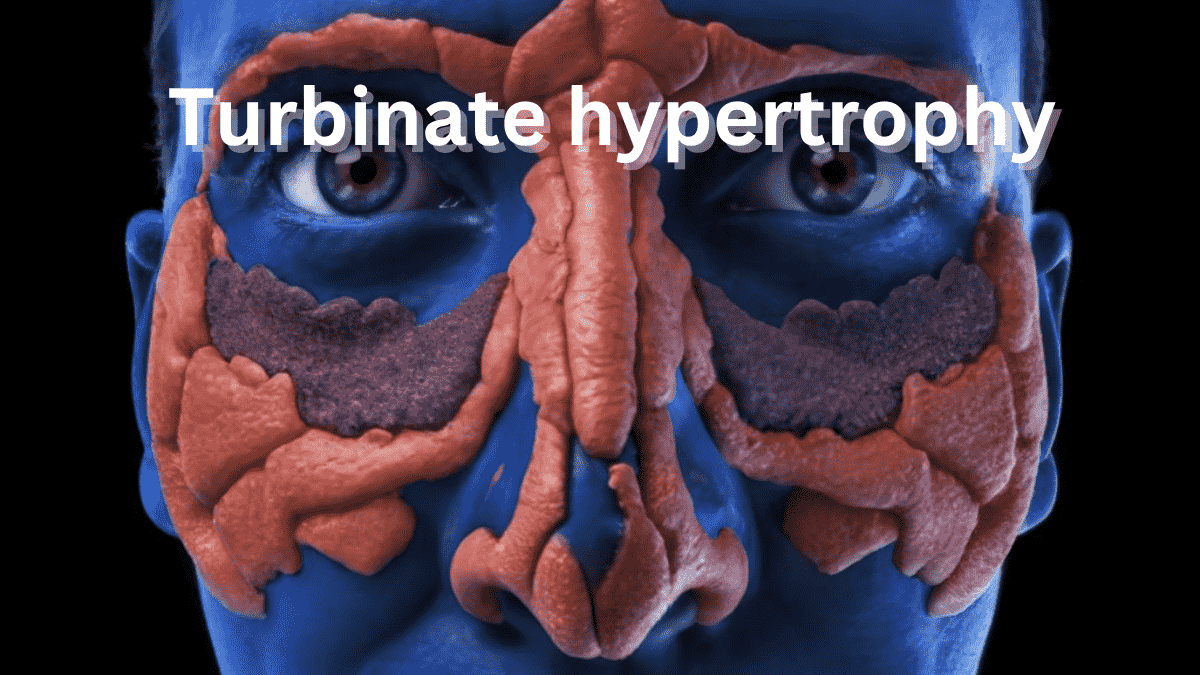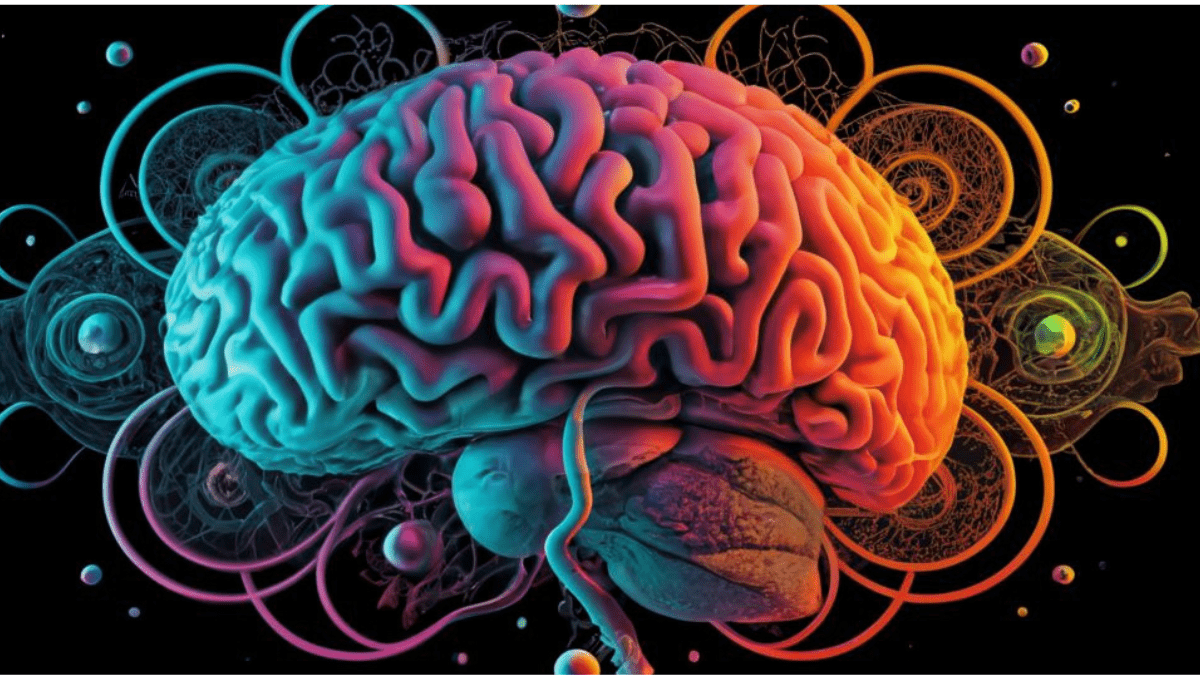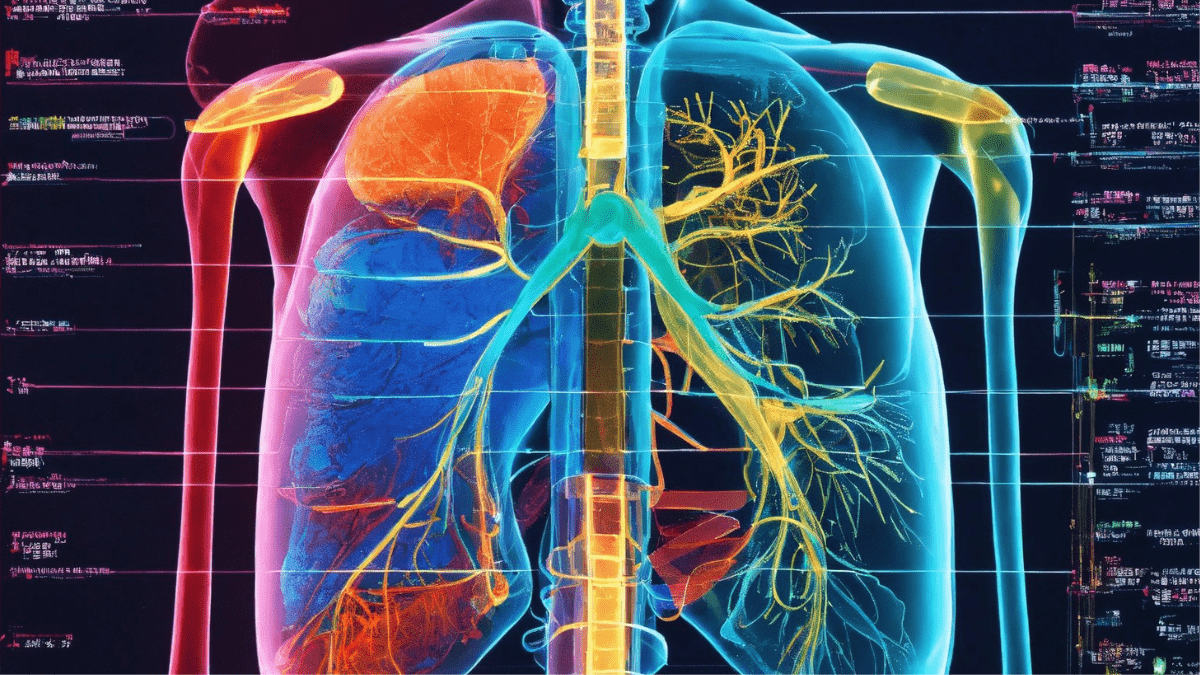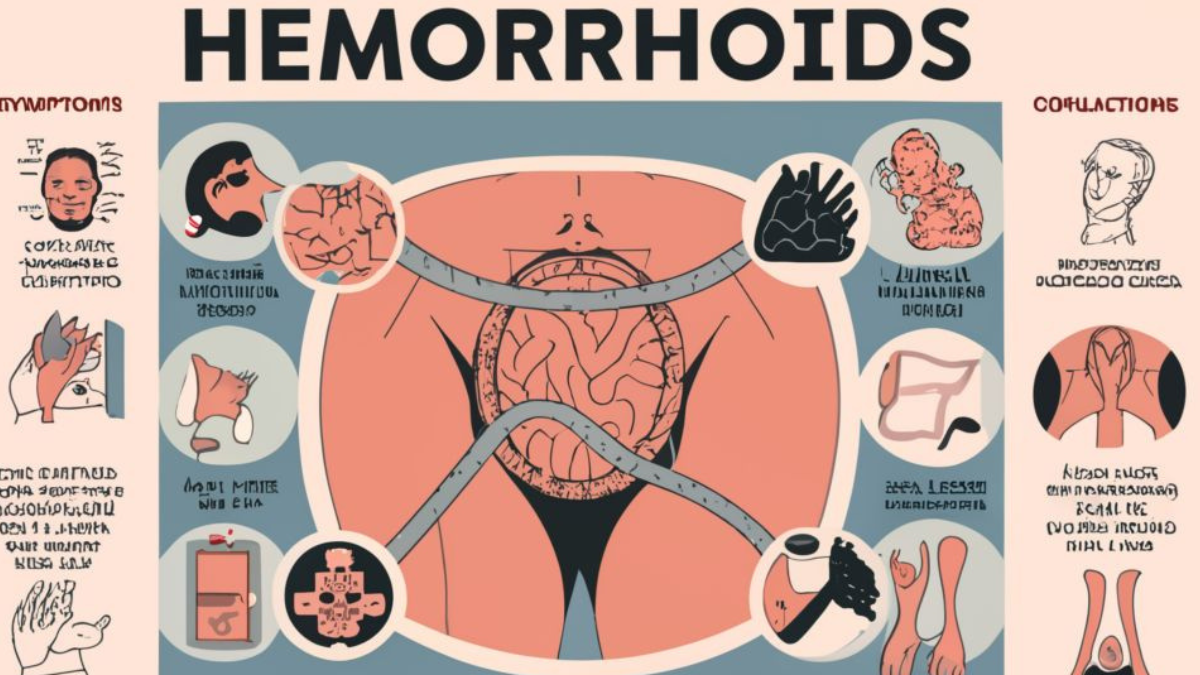Thyroid eye disease (TED), also known as Graves’ ophthalmopathy or Graves’ orbitopathy, is a condition that affects the eyes and is often associated with autoimmune thyroid disorders such as Graves’ disease. This condition occurs when the immune system mistakenly attacks the tissues around the eyes, leading to inflammation, swelling, and other symptoms. In this blog post, we will delve into the thyroid eye disease Symptoms , helping individuals recognize the signs and seek timely medical attention.
Table of Contents
Understanding Thyroid Eye Disease:
Before exploring the symptoms of thyroid eye disease, it’s essential to understand its underlying causes and mechanisms. TED primarily affects individuals with autoimmune thyroid disorders, particularly Graves’ disease, although it can also occur independently of thyroid dysfunction. In Graves’ disease, the immune system produces antibodies that stimulate the thyroid gland to overproduce thyroid hormones. These same antibodies can also target tissues around the eyes, leading to inflammation and swelling.
Common Thyroid Eye Disease Symptoms:
Thyroid eye disease symptoms, which can vary in severity and duration. Recognizing these symptoms is crucial for early diagnosis and management. Here are some common symptoms of thyroid eye disease:
- Eye Bulging (Exophthalmos): One of the most noticeable symptoms of TED is the bulging or protrusion of one or both eyes. This occurs due to swelling of the tissues behind the eyes, pushing them forward. Exophthalmos can vary in degree, from subtle changes in eye appearance to significant protrusion.
- Eye Irritation and Redness: Individuals with thyroid eye disease often experience eye irritation, redness, and discomfort. The eyes may feel dry, gritty, or painful, particularly in windy or smoky environments. This irritation can be persistent and may worsen over time.
- Swelling and Puffiness: Swelling and puffiness around the eyes, especially in the eyelids and surrounding tissues, are common symptoms of TED. The inflammation caused by the condition can lead to visible swelling, giving the eyes a puffy appearance.
- Double Vision (Diplopia): TED can affect the alignment of the eyes, leading to double vision or overlapping images. This occurs when the swollen eye muscles impair their ability to move the eyes in a coordinated manner. Double vision can be bothersome and may interfere with daily activities such as reading or driving.
- Difficulty Closing the Eyes: Some individuals with thyroid eye disease may experience difficulty fully closing their eyelids, known as lagophthalmos. This can occur due to swelling or muscle weakness around the eyes. Difficulty closing the eyes can lead to dryness, irritation, and an increased risk of corneal damage.
- Eye Pain and Pressure: Pain or pressure behind the eyes is another common symptom of TED. The inflammation and swelling associated with the condition can cause discomfort or aching sensations, which may worsen with eye movement or prolonged use.
- Sensitivity to Light (Photophobia): Increased sensitivity to light may occur in individuals with thyroid eye disease, causing discomfort or pain when exposed to bright lights or sunlight. Photophobia can exacerbate eye irritation and may contribute to overall discomfort.
- Decreased Eye Movement: TED can restrict the movement of the eyes due to swelling and inflammation of the muscles and tissues surrounding the eyes. This can lead to limited range of motion and difficulty with tasks requiring eye movement, such as tracking objects or looking in different directions.
- Vision Changes: Changes in vision, such as blurriness or decreased visual acuity, may occur as a result of TED. This can be due to corneal exposure, optic nerve compression, or other factors related to the condition. Vision changes should always be evaluated promptly by a healthcare professional.
Diagnosis and Treatment:
Diagnosing thyroid eye disease typically involves a comprehensive evaluation by an ophthalmologist or an endocrinologist familiar with the condition. The diagnosis may be based on a combination of clinical symptoms, physical examination findings, and imaging studies such as CT scans or MRI.
Treatment for thyroid eye disease aims to alleviate symptoms, reduce inflammation, and prevent complications. Depending on the severity of the condition, treatment options may include:
- Symptom Management: Over-the-counter lubricating eye drops or artificial tears can help relieve dryness and discomfort. Avoiding environmental irritants such as smoke or dust may also help alleviate symptoms.
- Medications: In cases of mild to moderate TED, medications such as corticosteroids or immunosuppressive drugs may be prescribed to reduce inflammation and suppress the immune response. These medications may be administered orally or as eye drops.
- Surgery: In severe or advanced cases of thyroid eye disease, surgical interventions may be necessary to correct eye misalignment, reduce eye bulging, or relieve pressure on the optic nerve. Surgical procedures may include orbital decompression surgery, strabismus surgery, or eyelid surgery.
- Radiotherapy: Radiotherapy may be considered in some cases to reduce inflammation and prevent progression of the disease. This treatment modality is typically reserved for individuals who do not respond to other forms of therapy or who are not candidates for surgery.
Thyroid eye disease can have a significant impact on visual function, comfort, and overall quality of life. Recognizing the (TED) Thyroid Eye Disease Symptoms is crucial for early diagnosis and timely intervention. If you experience any of the symptoms associated with thyroid eye disease, particularly if you have a history of thyroid disorders, it’s essential to seek evaluation and treatment from a healthcare professional. With proper management, many individuals with thyroid eye disease can achieve symptom relief and preserve their eye health.







